What exactly is sustainable architecture, what is its purpose and why is there a need for more ecologically minded architecture? The very concept of sustainable architecture can be defined as, “architecture which seeks to minimize the impact of modern buildings on the environment, by the use of modern efficient materials and energy systems”. In this way, we are able to design and construct buildings that will not inhibit the opportunities of future generations.
Energy efficiency throughout the building’s life cycle is the ultimate goal of sustainable architecture. In this way, the architectural team is afforded an opportunity to plan and design a building, using various principles of ‘green building’ to maximum affect. There are several ways in which the use of a Danpal system will aid in your building’s energy efficiency and by doing so, assist in your efforts in achieving sustainable architecture.
Danpal Building Envelope System
The first manner in which the use of a Danpal building envelope system will positively affect your building is derived from the choice of material from which we manufacture all of our Danpalon panels. All Danpalon microcell panels, are extruded from the highest quality polycarbonate, which is a durable yet lightweight and fully 100% recyclable material. The manufacturing process of our Danpalon panels does not require the consistent, very high temperatures necessary in the production of traditional glazing solutions. The result is, that when compared to other more common building envelope materials, such as glass, our Danpalon panels have a much smaller carbon footprint. Here, we offer your very first step in achieving sustainable architecture.
Next we must look into and understand what the performance value is of the chosen glazing panel. Danpalon panels can be co-extruded with an advanced low-e finish, the net effect, is a drastic reduction of heat gain which, is usually associated with other glazing materials. The direct result is superior performance of unwanted heat gain, and the ability for architects to design buildings that allow for the inclusion of more natural daylight.
With more natural daylight entering a structure, there is less of a need for artificial lighting systems to be in use, throughout the day. The energy-saving on lighting alone is another motivating factor for the use of a Danpal solution, which can be defined as a green building system. The introduction of natural daylight brings with it another important advantage, as it creates an interior space that is of high quality, or a H.Q.E (High Quality Environment). Studies have shown that natural lighting has a dramatic positive effect on the health and psychology of all the inhabitants of that space.
Building Thermal Performance
The next aspect of a building’s design we must look into is that of the overall thermal performance. We have already established that our Danpalon microcell panels can reduce heat gain when compared to traditional glazing. However, the ability to control the loss of heat is just as important. The balance of these two key performance factors is what ultimately determines the HVAC (Heating, Ventilation and Cooling) requirements for a building. The costs in procuring and installing a system that is able to cope with the demands of modern buildings can be exorbitant. Thereafter, the running and maintenance costs of the installed HVAC system can also become an unnecessary monthly strain.
Choosing a Danpal system for your building project means that you are deciding to pursue the route of sustainable architecture. Our Danpalon panels are manufactured via advanced extrusion technology, which is able to create the internal ‘micro-cell panel structure. The tight spacing between these cells gives our Danpalon panel the attributes necessary to significantly reduce the rate of heat transfer. Reducing the flow of heat from the interior space to the exterior of a building allows for a steady-state environment with less strain on the HVAC system. For any new building, the architectural team can now be afforded the opportunity to consult with the HVAC engineers and bring down the initial costs of the required HVAC solution, via the simple inclusion of a Danpal building envelope system.
With an estimated 40% of the world’s energy production funneled into building maintenance for HVAC and artificial lighting purposes, energy efficiency has become the new buzzword. Around the globe, we are seeing the introduction of legislation to ensure greater measures are taken to protect our environment and its natural resources. In South Africa, all new building projects are required to comply with SANS 208 and 10400-XA regulations.
Sustainable architecture
Sustainable architecture is thus the combined efforts undertaken by all involved on a building project, to reduce the environmental impact of the man-made structure on our natural resources. The choice of greener recyclable building materials, advanced modern building envelope systems, the balance of solar and thermal performance, and the introduction of more natural daylight into the structure, are all key area to be addressed, for which Danpal has provided a unique range of solutions. Welcome to the brave new world or sustainable architecture.

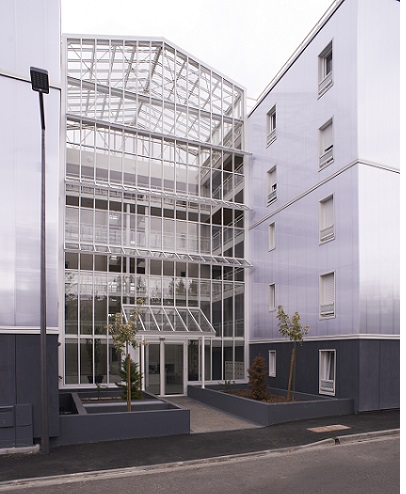 WEATHER: THE ANCIENT ENEMY; WALL CLADDING, THE MODERN SOLUTION
WEATHER: THE ANCIENT ENEMY; WALL CLADDING, THE MODERN SOLUTION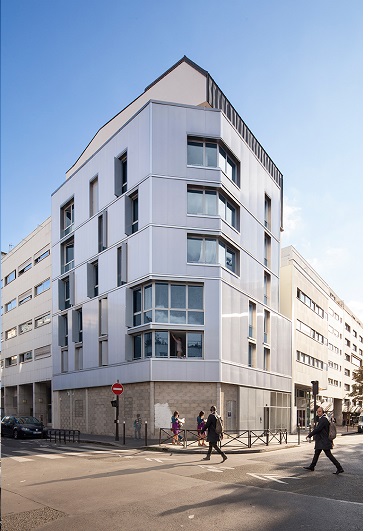 GREEN BUILDINGS AND THE DANPAL MOTTO
GREEN BUILDINGS AND THE DANPAL MOTTO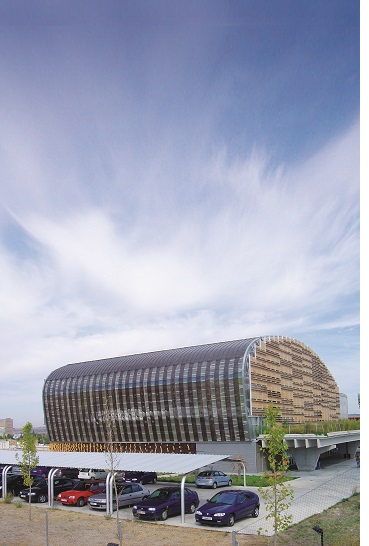 WHY POLYCARBONATE SHEETS ARE SUPERIOR TO OTHER BUILDING MATERIALS
WHY POLYCARBONATE SHEETS ARE SUPERIOR TO OTHER BUILDING MATERIALS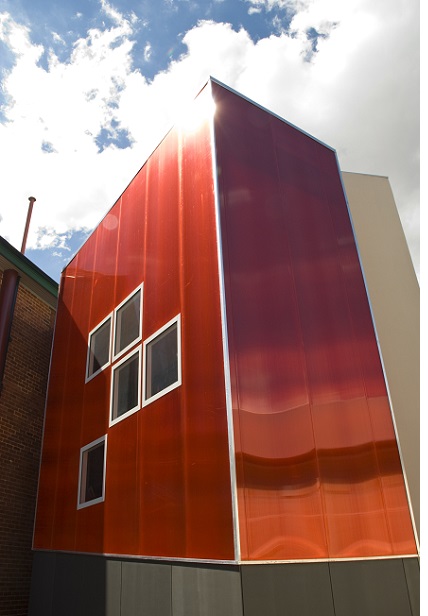 RESOURCE EFFICIENCY AS PART OF THE GREEN BUILDING LIFESTYLE
RESOURCE EFFICIENCY AS PART OF THE GREEN BUILDING LIFESTYLE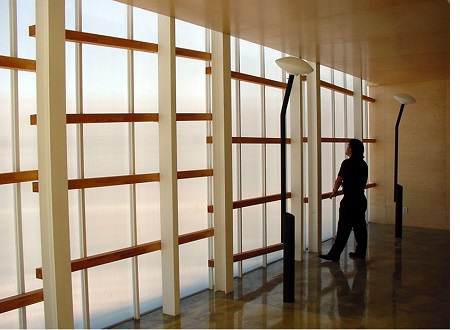 SELECTING GREEN BUILDING MATERIALS
SELECTING GREEN BUILDING MATERIALS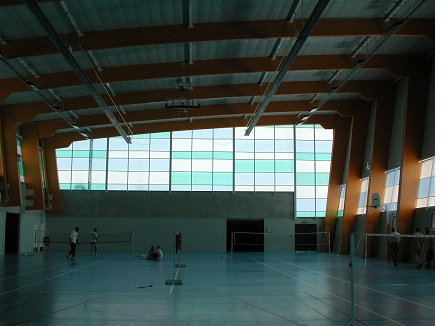 Green Buildings Save Us Money
Green Buildings Save Us Money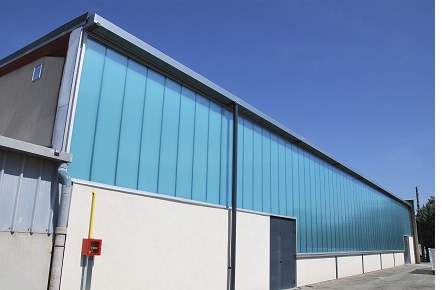 What Are Green Building Materials?
What Are Green Building Materials? DANPAL AND ARCHITECTURE: A GREAT GREEN PARTNERSHIP
DANPAL AND ARCHITECTURE: A GREAT GREEN PARTNERSHIP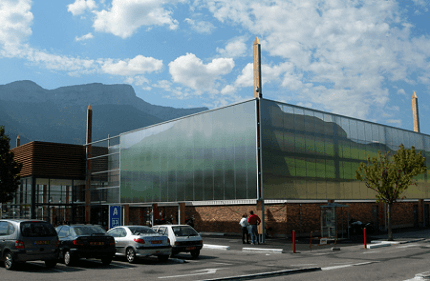 The Results of Creating Green Buildings
The Results of Creating Green Buildings